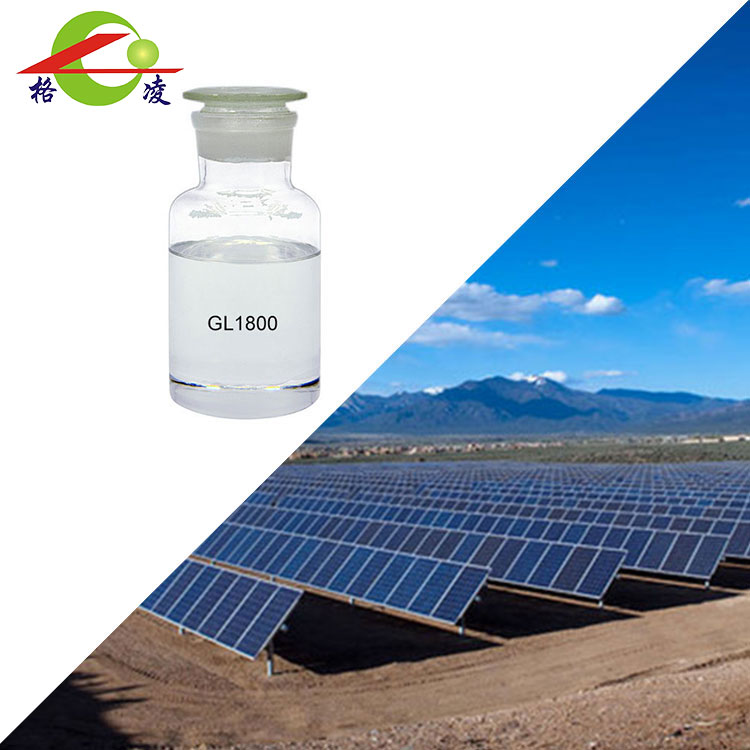What is Mercaptan Based Polymer
2025-06-04
Mercaptan-Based Polymer refers to a type of polymer that incorporates mercaptan (–SH) functional groups—also known as thiol groups—into its molecular structure. These polymers are characterized by the presence of sulfur-hydrogen bonds, which significantly influence their chemical properties and performance in various applications.
What is Mercaptan (Thiol)?
Chemical group: –SH (sulfhydryl)
Structurally similar to alcohols (–OH), but with sulfur instead of oxygen
Strong odor (often described as rotten cabbage or garlic)
Highly reactive, especially in forming disulfide bonds (–S–S–)
Properties of Mercaptan-Based Polymers
High chemical reactivity: Due to thiol groups
Good adhesion: Strong bonding to metals and surfaces
Flexibility and toughness
Low permeability to gases
Thermal and oxidative stability (depends on polymer structure)

Applications
Adhesives & Sealants
Excellent metal bonding
Common in aerospace and automotive applications
Coatings
Anti-corrosion coatings due to strong metal adhesion
Protective paints and primers
Elastomers
Used in flexible, durable rubber-like materials
Often used in fuel and chemical-resistant seals
Epoxy Curing Agents
Mercaptan-terminated polymers can be used to rapidly cure epoxy resins at room temperature
Examples of Mercaptan-Based Polymers
Thiokol (trade name): One of the first synthetic rubbers, made from poly(ethylene sulfide) using mercaptans
Polymercaptans: Used in epoxy adhesives as curing agents
Summary
Mercaptan-based polymers are sulfur-containing materials with unique properties like high chemical resistance, flexibility, and strong adhesion. They are essential in applications where durability, chemical resistance, or strong metal bonding are required.
If you are interested in our products or have any questions, please feel free to contact us.


